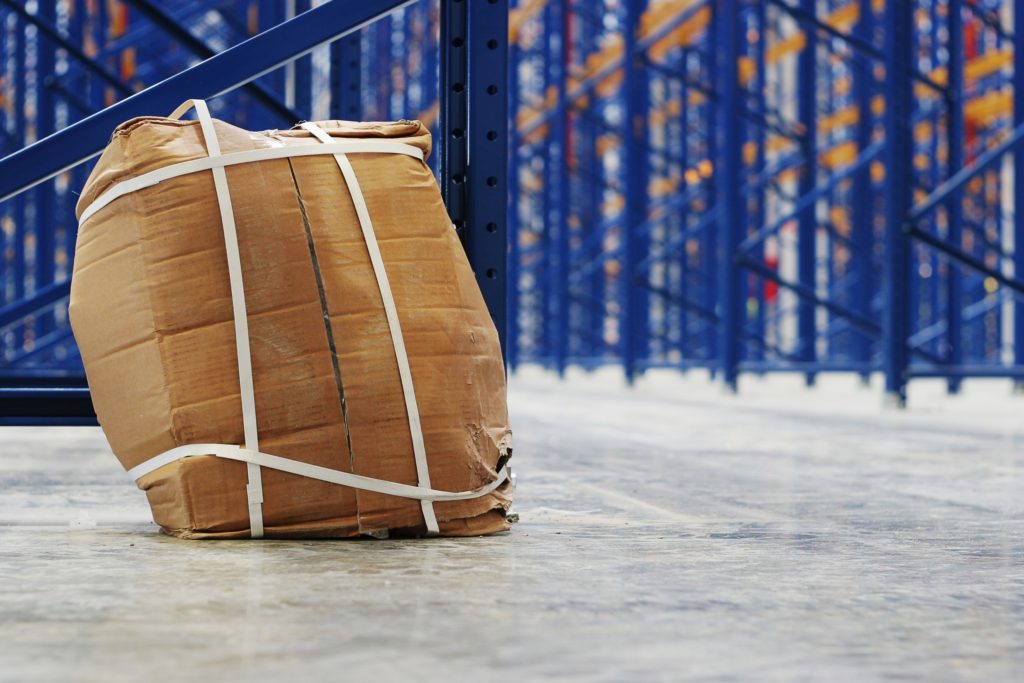The Real Costs of Shipping Damage are More than You Think
by Mashum Mollah Ecommerce 10 May 2019

If your business ships products, whether across the city or across the country, you expect that the occasional package will be damaged. Traveling is traveling, no matter how well you package your products, and there is any number of things that could potentially go wrong during transport.
However, while it’s smart to account for at least some losses due to shipping damage, over time, the real costs of this damage add up, in ways more than just financial. In addition to the losses incurred by-products that need to be replaced, a pattern of shipping problems means impacts to the environment, your reputation, and relationships with your customers, as well as lost time, and costs related to processing, storing, and disposing of damaged products.
Environmental Costs of Shipping Damage:
Going green and becoming more sustainable is increasingly becoming a priority for many companies. Not only is it the responsible thing to do, but consumers are increasingly demanding more from companies in terms of environmental protection efforts. Consumers want to support companies that limit waste, use environmentally friendly materials, and take steps to reduce energy usage.
What does this have to do with shipping damage? When many companies think about going green, the focus tends to be on the packaging; i.e., ditching Styrofoam packing peanuts in favor of air pillows, using recycled cardboard, etc. Yet packaging only comprises about 5 percent of the environmental impact of shipping, with the remainder due to the resources used to actually ship the products (fuel, emissions, etc.) So while on the one hand, your company may be taking steps toward becoming more carbon neutral in the sense of using eco-friendly packaging, those gains are erased when packages arrive damaged and the shipments need to be replaced. In addition, when products are damaged, they need to be dealt with as well, which in some cases increase the amount of waste created by your company.
Ultimately, high rates of shipping damage can negate, or at least significantly reduce, the effect of your other efforts toward sustainability – which contributes to the next problem: The effect on your reputation.
Lowered Expectations:
 Again, a small number of damaged shipments is to be expected. It happens. However, when damages are the rule rather than the exception, it becomes a problem for your company. When buyers order your products, they expect them to arrive on time and in good condition. When they don’t, and continually arrive damaged, then they will find a different supplier. It’s that simple.
Again, a small number of damaged shipments is to be expected. It happens. However, when damages are the rule rather than the exception, it becomes a problem for your company. When buyers order your products, they expect them to arrive on time and in good condition. When they don’t, and continually arrive damaged, then they will find a different supplier. It’s that simple.
And again, shipments that always arrive damaged will torpedo your efforts toward sustainability and positive consumer perception. Although customers are concerned about the practices of your company in terms of sustainability, they are typically less concerned about whether the packaging is recyclable than whether it protected the contents. It’s a fine balance, but if you want to preserve your reputation for both quality and sustainability, you need to limit shipping damages.
Increased Costs:
On one level, you know that shipment damages cost your company money; replacing items that are broken or destroyed during shipment hurts the bottom line. However, there are other costs. Consider what goes into processing a damaged shipment:
- Time spent inspecting the shipment and documenting damage
- Return shipping costs
- Time spent evaluating freight damage claims
- Storing damaged products until they can be properly disposed of
All of these costs add up, and ultimately reduce your company’s profits, which are likely already taking a hit due to unhappy customers.
Solving the Problem:
So how can you address the issue of damaged shipments and reduce costs? The answer isn’t always in spending more money on additional products or materials to better protect the items. Choosing better quality products, conducting more testing, and investing in tools like damage indicators, which will not only reveal at a glance whether a package has been mishandled but actually reduce the likelihood of mishandling, can all help. The costs of damage prevention are generally much lower than dealing with the aftermath of damaged shipments, in both direct and indirect costs.
On average, about 11 percent of packages arriving at distribution centers have some time of damages. By choosing the right shipping materials and taking steps to reduce damage while still maintaining sustainability, you can protect your company’s reputation and bottom line.
Read Also:







































































































